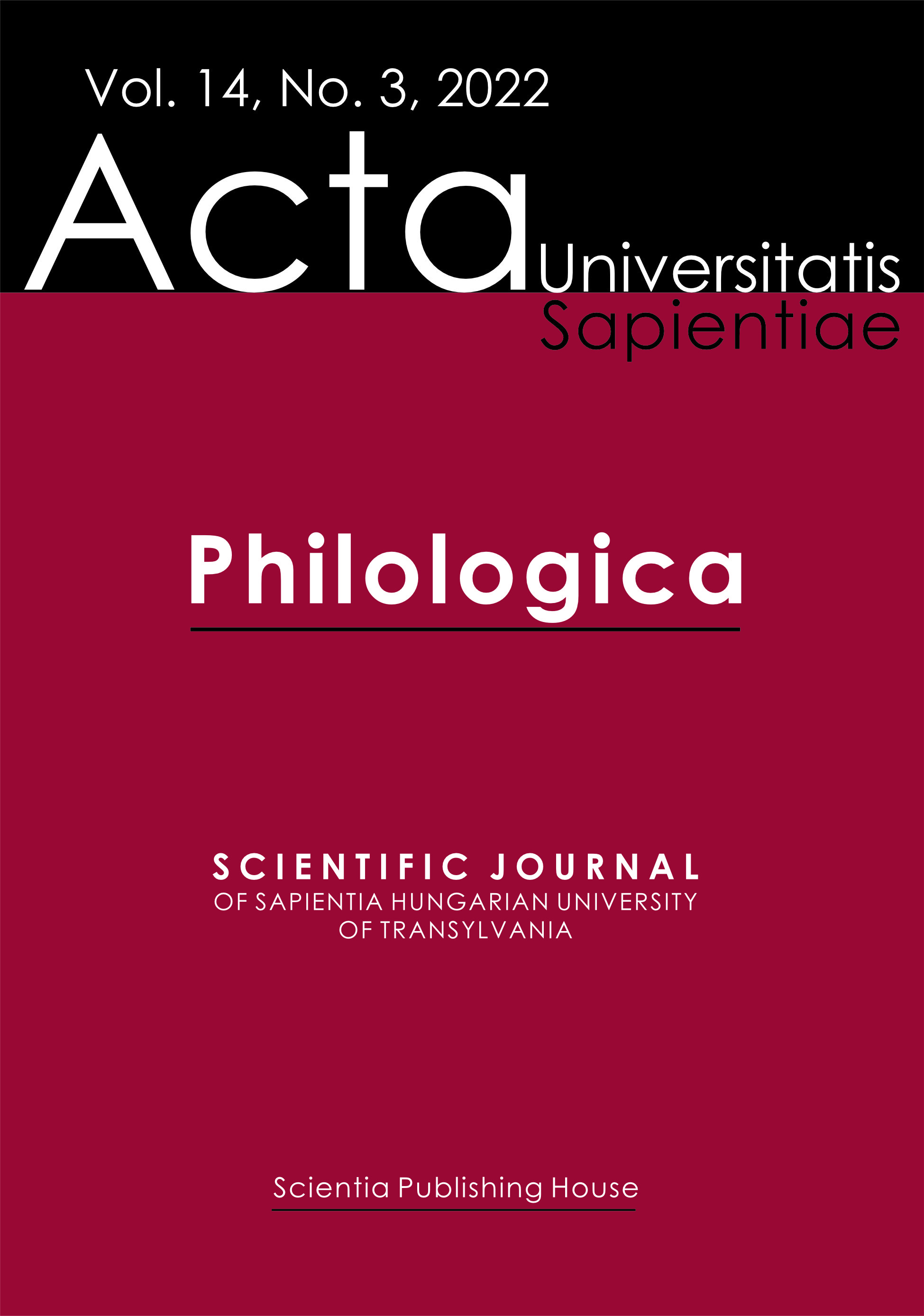Hungary and Transylvania in Women’s Travel Writing in the 19th Century
Hungary and Transylvania in Women’s Travel Writing in the 19th Century
Author(s): Borbála BökösSubject(s): Language and Literature Studies, Literary Texts, Culture and social structure , Sociology of Literature
Published by: Scientia Kiadó
Keywords: travel writing; historical time; 19th-century Hungary and Transylvania; otherness;
Summary/Abstract: Travel narratives written in the mid-nineteenth century served as valuable sources of information for the Western society regarding remote and exotic places as well as different cultures. Hungary and Transylvania became increasingly interesting and challenging destinations for British and American travellers, especially in the pre- and post-revolutionary periods. Julia Pardoe’s The City of the Magyar, or Hungary and Her Institutions in 1839–1840 (1840) and Nina Elizabeth Mazuchelli’s memoir, Magyarland (1881), provided extensive accounts of a multi-ethnic Hungary, discussing various populations as being distinct from the mainstream society, as well as their folklore, history, manners, and customs. In analysing Pardoe’s and Mazuchelli’s memoirs, I am interested in the ways in which they portray Hungarian otherness as contrasted to Western, more precisely British national ideals. Making use of the theories of imagology, I will argue that the perceptions of a national character (hetero-images) as well as the defining of the (travellers’) self against the Other (auto-images) are determined and perpetuated by cultural distinctions and by the various forms of cultural clash of the British and the East-Central European. Moreover, through a comparative approach, I will also look at the differences in the travellers’ perception of the same country but in two very different historical and political time periods: Pardoe’s journey in Hungary took place in 1840, before the War of Independence, while Mazuchelli visited the country in 1881, long after the Austro-Hungarian Compromise in 1867. The findings will indicate that the main features of the image of Hungarian national identity, as it is represented in the travelogues, are generated by the historical, cultural, and socio-political developments before and after the Hungarian War of Independence (1848–49).
Journal: Acta Universitatis Sapientiae, Philologica
- Issue Year: 14/2022
- Issue No: 3
- Page Range: 107-126
- Page Count: 20
- Language: English

